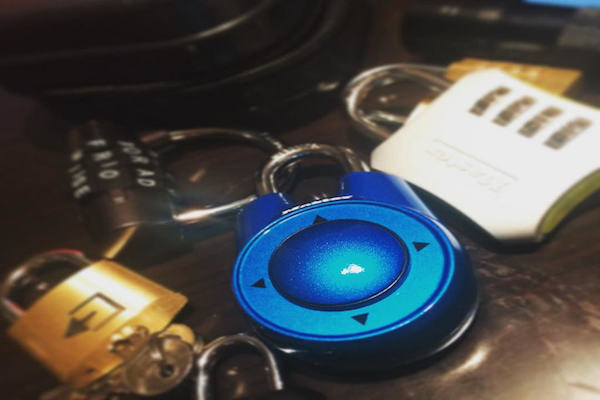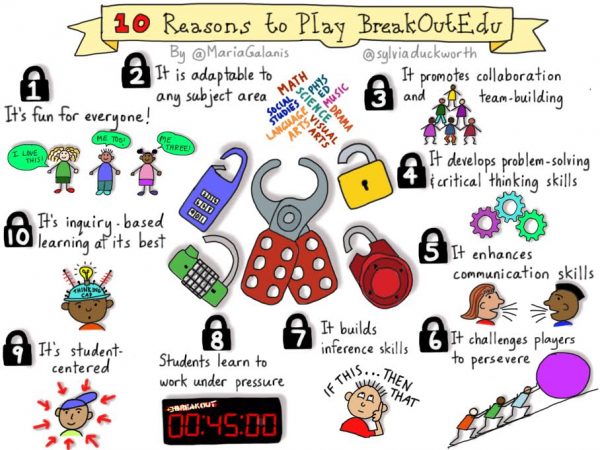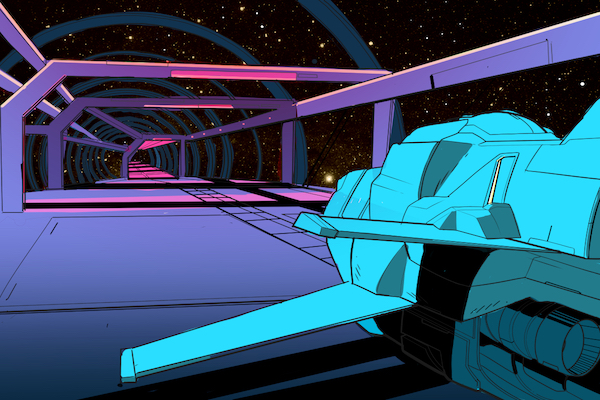Experience Mesopotamia, Don’t Just Teach It!
Students often ask when they will use what they are learning in school or how a topic actually relates to their own lives. This can be particularly challenging while teaching about the daily life of Mesopotamia over 5,000 years ago.
We usually start with the contributions of the Sumerians, Assyrians and Babylonians. They were amazing civilizations since they developed agriculture, invented the wheel, created city-states, organized militaries and laid down the law in the form of Hammurabi’s code. We can even refer to top 10 lists of inventions that show that these civilizations were great and that they built the foundations of our modern life. While it is obvious that we owe a debt of gratitude to their inventiveness, we still need to approach teaching these civilizations in a way that engages the modern student.
One approach is to focus on lesser-known aspects of these civilizations like the History Channel’s list of “9 Things You May Not Know About the Ancient Sumerians.” You can impress students by highlighting that women were rulers, their cities were the size of modern cities and that they loved beer. However, in the end it may still feel like another list of irrelevant facts.
Another approach is to change how the information is taught. Crash Course has created a great library of quick and informative YouTube videos. These can be used as a great preview at the start of a unit. Their Mesopotamia video astutely proclaims that “an eye for an eye leaves the whole world monocular.” You may grab student’s attention with pithy animation videos, but you may want to utilize interactive digital experiences too.
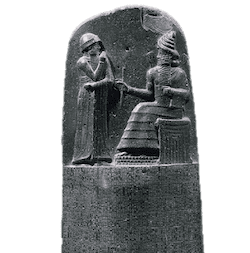 Although the selection of online interactives about Mesopotamia is not very robust, there is a variety in the types of experiences to be had. There are basic interactives that essentially bring to life maps from Houghton Mifflin Harcourt’s textbooks. There are also interactives that put students in the decision maker’s position like Philip Martin’s interactive Hammurabi’s code. In this interactive, students have to choose the appropriate punishment based on the codes. The British Museum has an extensive interactive Mesopotamia site in which students can explore the geography, religion and technology of Babylonia, Assyria and Sumer. Finally, students can also try their hand at playing the ancient game of Ur.
Although the selection of online interactives about Mesopotamia is not very robust, there is a variety in the types of experiences to be had. There are basic interactives that essentially bring to life maps from Houghton Mifflin Harcourt’s textbooks. There are also interactives that put students in the decision maker’s position like Philip Martin’s interactive Hammurabi’s code. In this interactive, students have to choose the appropriate punishment based on the codes. The British Museum has an extensive interactive Mesopotamia site in which students can explore the geography, religion and technology of Babylonia, Assyria and Sumer. Finally, students can also try their hand at playing the ancient game of Ur.
As you can see, there are many resources to engage your students online. However, all of these are missing a core component which is key to engaging students deeply. Our understanding of history is always evolving based on new archaeological findings and the development of new scientific tools. Why not engage your students in the process of discovering and debating what actually happened?
History is discovery. Here at Dig-iT! Games, we are committed to the discovery of history through archaeology. We have just released Excavate! Mesopotamia, an interactive video game which provides a different way to look at Mesopotamian civilizations. The game challenges students to excavate artifacts, analyze them and then synthesize what they have learned. Students must closely examine artifacts and discover the purpose and significance of each one. This leads to a deeper understanding of the daily life in ancient Babylonia, Assyria and Sumer.
History is contested. For example, new technologies have afforded insight into the possible role that shepherds played in trade in Mesopotamia. Previously, historians believed that nomadic shepherds were instrumental in facilitating international trade. They would travel widely in search of greener pastures for their sheep and goats. But, new technologies have afforded new findings that are sparking controversy. It’s possible shepherds actually stayed closer to cities to supply milk and fur and were out of the trade networks. This article from Science Magazine highlights the debate. This is a great way to share with students the process of discovering history and the necessity of being critical of sources and processes used to reach conclusions. Encourage critical thinking skills over the belief that history is a closed case!
We hope you find these resources helpful in engaging your students in the study, exploration and intellectual discussion concerning Mesopotamia.

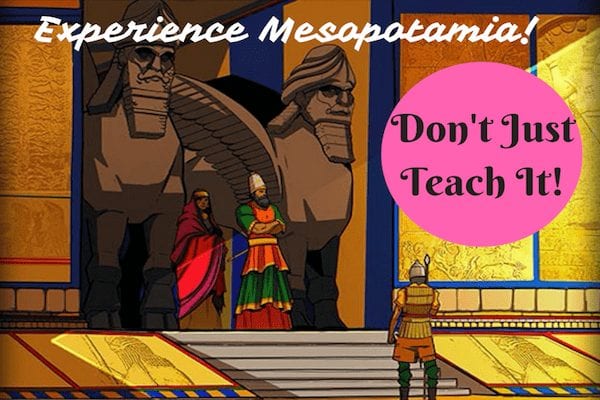
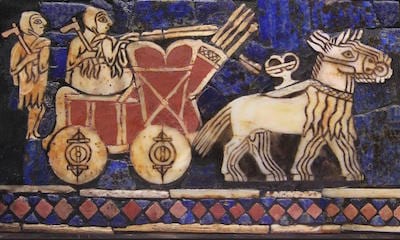
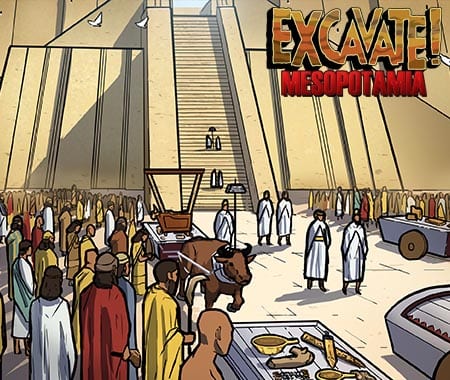
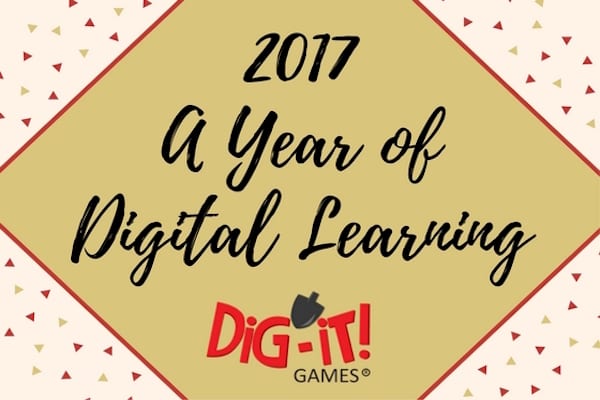




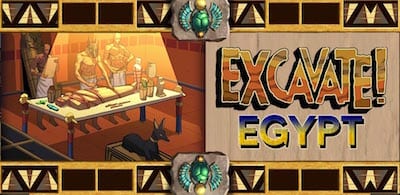
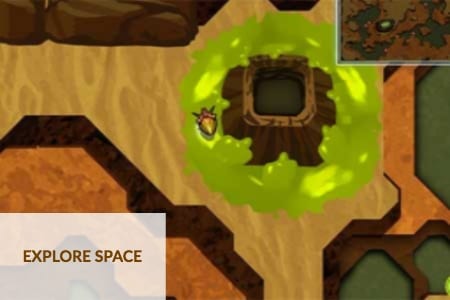
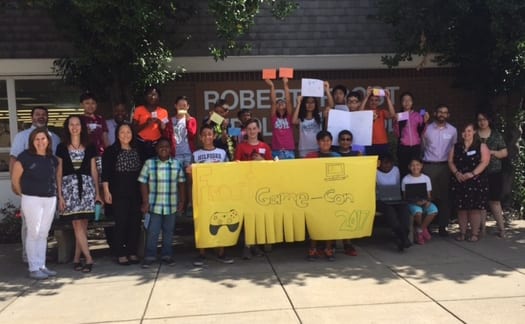
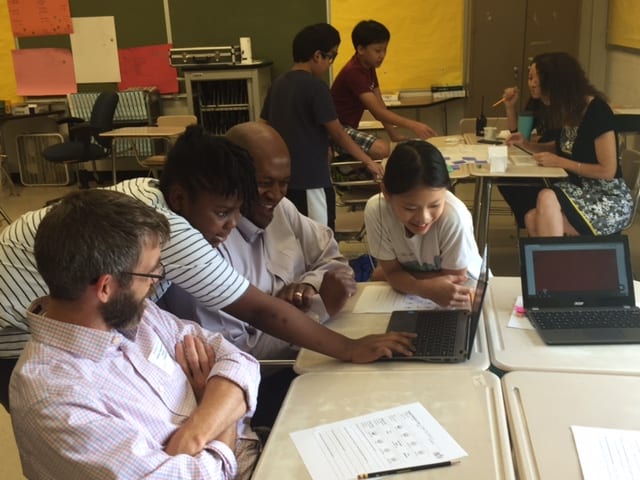 Chris offered to come to Robert Frost Middle School’s extended year program (EYP) and let our students test pilot a few new games that Dig-It! Games was working on at the time, and this seemed like a great way to get my kids to stop playing Pokemon Go (remember that?) for a few minutes and possibly even learn something in the process. We agreed to two meetings where the students would beta test the games and provide feedback on their experience. Dig-It! Games would then consider the feedback they received and refine their games based on the students’ input.
Chris offered to come to Robert Frost Middle School’s extended year program (EYP) and let our students test pilot a few new games that Dig-It! Games was working on at the time, and this seemed like a great way to get my kids to stop playing Pokemon Go (remember that?) for a few minutes and possibly even learn something in the process. We agreed to two meetings where the students would beta test the games and provide feedback on their experience. Dig-It! Games would then consider the feedback they received and refine their games based on the students’ input.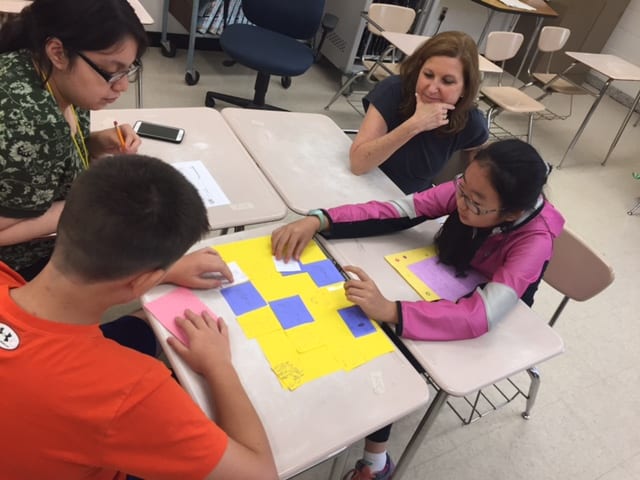 In addition to working with Chris, Dig-It! Games’ Jessica Mlyniec and Elisa Bartolomeo-Damon designed and implemented instructional sessions for our students, one to be delivered each week of the course. The first session revolved around piloting and evaluating video games, the second focused on creating narrative driven, goals-based video games, and the third session focused on student presentations and eventually became “Frost Game Con 2017”-an event for summer students to showcase their work to our administration, students, and Dig-It! Games.
In addition to working with Chris, Dig-It! Games’ Jessica Mlyniec and Elisa Bartolomeo-Damon designed and implemented instructional sessions for our students, one to be delivered each week of the course. The first session revolved around piloting and evaluating video games, the second focused on creating narrative driven, goals-based video games, and the third session focused on student presentations and eventually became “Frost Game Con 2017”-an event for summer students to showcase their work to our administration, students, and Dig-It! Games.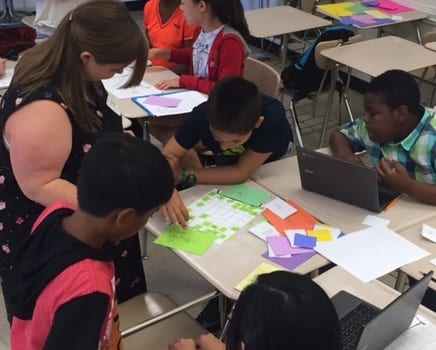 Working with Chris, Jes, and Elisa has been a great experience for the RFMS extended year program. We created a high interest, interactive program that allows us to move towards our school improvement plan goals. And the best part? The kids had fun. And the other best part? We still have room to enhance the program even more! (Based on our students’ feedback, of course.) I am already looking forward to collaborating with Dig-It! Games again in the future to refine the summer EYP literacy program.
Working with Chris, Jes, and Elisa has been a great experience for the RFMS extended year program. We created a high interest, interactive program that allows us to move towards our school improvement plan goals. And the best part? The kids had fun. And the other best part? We still have room to enhance the program even more! (Based on our students’ feedback, of course.) I am already looking forward to collaborating with Dig-It! Games again in the future to refine the summer EYP literacy program.
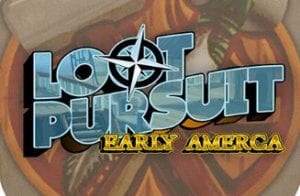


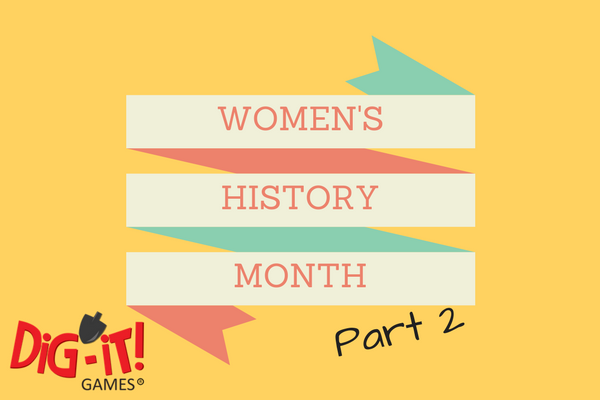
 The first thing you should know is I started learning to code in C# when I was 44 years old. I learned some BASIC coding in high school, but our class spent weeks making a program that printed out a receipt like a cash register. I thought the whole process was stupid and boring. I knew that the Atari games I loved were created by programming, but programming is just memorization of a language written down by someone else. My 17-year-old self wanted to solve important, complicated problems. Real, important problems that required creative thinking were problems like: What causes cancer? What makes us feel stressed out? How does stress affect our immune system? Could we optimize our immune system to fight cancer better? So I threw myself into biochemistry. I loved it. I worked every single day for 3 years, and then for the next 7 years I decided to always take at least ½ a day off every weekend.
The first thing you should know is I started learning to code in C# when I was 44 years old. I learned some BASIC coding in high school, but our class spent weeks making a program that printed out a receipt like a cash register. I thought the whole process was stupid and boring. I knew that the Atari games I loved were created by programming, but programming is just memorization of a language written down by someone else. My 17-year-old self wanted to solve important, complicated problems. Real, important problems that required creative thinking were problems like: What causes cancer? What makes us feel stressed out? How does stress affect our immune system? Could we optimize our immune system to fight cancer better? So I threw myself into biochemistry. I loved it. I worked every single day for 3 years, and then for the next 7 years I decided to always take at least ½ a day off every weekend.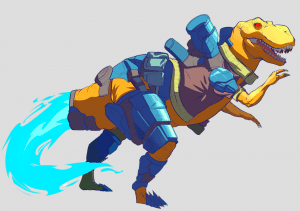 So! Age 44. Starting a career as indie game developer, I learned repeatedly that game development is difficult and time consuming. I also learned (again) how difficult and time consuming writing grants can be. I started working at Dig-It Games in November 2016. Here at DIG we share similar goals: Make games that teach important concepts that people really enjoy playing. I enjoy it here very much. I am developing an RPG about dinosaurs and helping design playtesting sessions and analyze data about learning in our
So! Age 44. Starting a career as indie game developer, I learned repeatedly that game development is difficult and time consuming. I also learned (again) how difficult and time consuming writing grants can be. I started working at Dig-It Games in November 2016. Here at DIG we share similar goals: Make games that teach important concepts that people really enjoy playing. I enjoy it here very much. I am developing an RPG about dinosaurs and helping design playtesting sessions and analyze data about learning in our 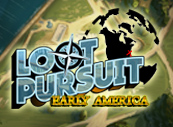
 After five years teaching, I sought out a new adventure and added working at Dig-It! Games to my resume, which allowed me to create educational games and help other teachers learn how to incorporate and use games in their classroom. By working at Dig-It! Games, I have had the honor of working with teachers on how to use games in their classroom and have presented at ETIS in Baltimore, Montpelier, and the National Conference for Social Studies. Most recently, I have been accepted to present at ISTE in June on Game-Based Learning. By play-testing
After five years teaching, I sought out a new adventure and added working at Dig-It! Games to my resume, which allowed me to create educational games and help other teachers learn how to incorporate and use games in their classroom. By working at Dig-It! Games, I have had the honor of working with teachers on how to use games in their classroom and have presented at ETIS in Baltimore, Montpelier, and the National Conference for Social Studies. Most recently, I have been accepted to present at ISTE in June on Game-Based Learning. By play-testing 